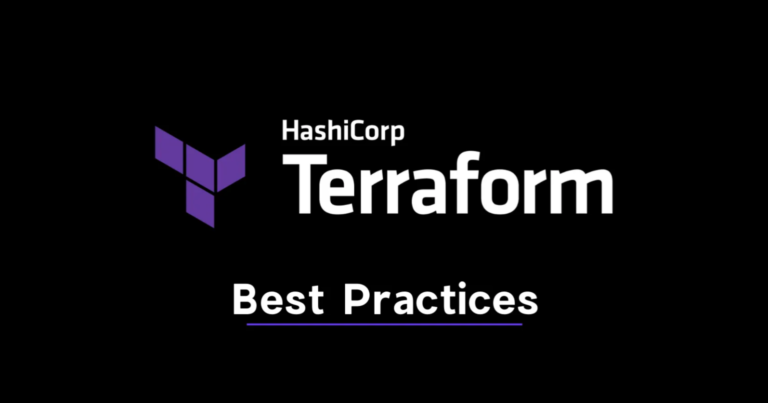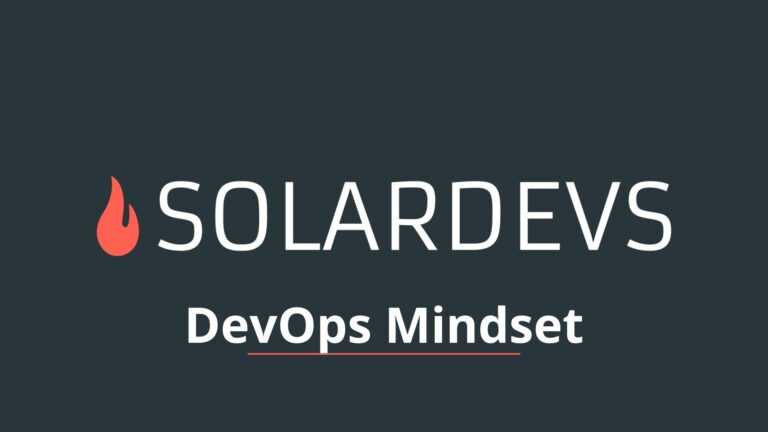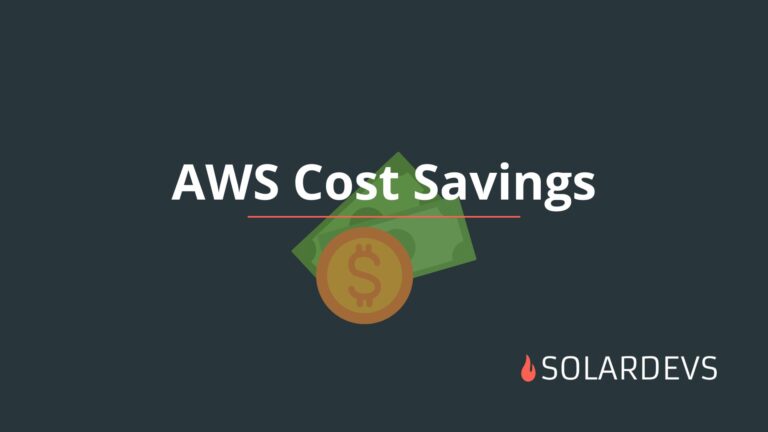Have you ever faced development issues in your agency? From managing complex workflows to ensuring smooth deployments, development challenges can significantly interfere with your progress.
We will explore six essential DevOps tools that can greatly improve your development procedures, focusing on three key phases of the DevOps lifecycle: Plan, Build, and CICD (Continuous Integration/Continuous Deployment).
Plan
Setting a solid foundation for your development projects is vital, and that’s where the planning phase comes in. It’s all about establishing project goals, outlining tasks, and organizing workflows.
By using the appropriate tools, you can enhance collaboration, promote transparency, and make sure that each team member is aware of their responsibilities and deadlines. Here are a few essential tools to consider during the planning phase:
1. Jira
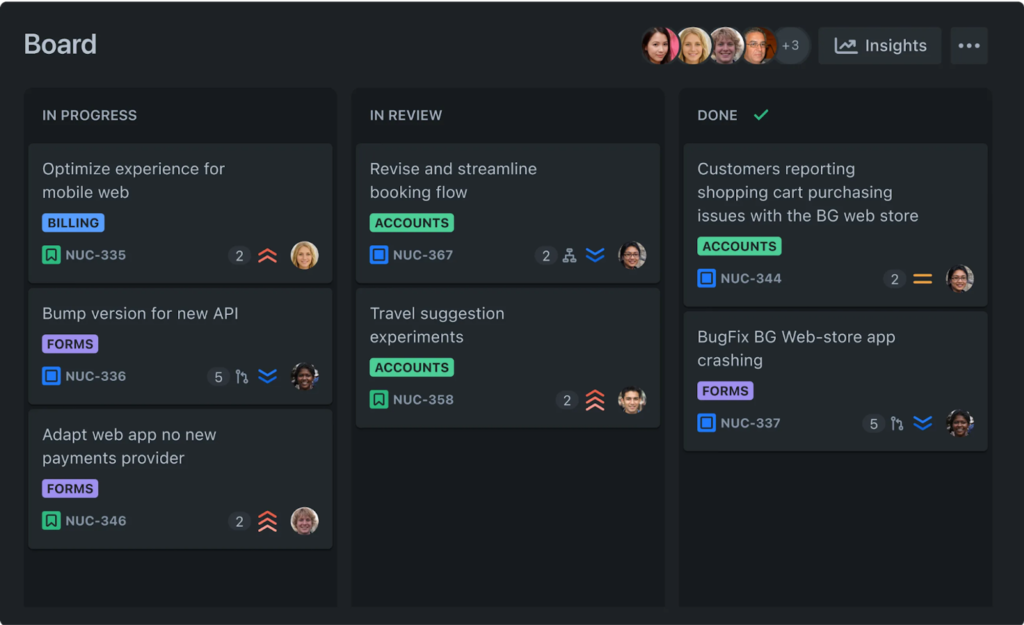
Jira is a powerful project management tool that helps teams plan, track, and manage their work. It is widely used in agile development for its robust features and flexibility, specially with scrum and agile methodologies.
Key Features:
- Sprints and backlogs: Agile teams can utilize Jira’s backlog to prioritize all their work, and tackle a subset of the work in their next sprint.
- Timeline view: See how all work rolls up to the big picture. Understand timing, duration, and dependencies.
- IGoal tracking: Understand how work is mapping to company goals over time in the summary view. Easily share progress with stakeholders.
Alternatives:
- ClickUp (clickup.com): A versatile project management tool with robust task management and collaboration features.
- Notion (notion.so): An all-in-one workspace for note-taking, project management, and task management.
- Asana (asana.com): A user-friendly project management tool known for its simplicity and powerful features.
2. Draw.io
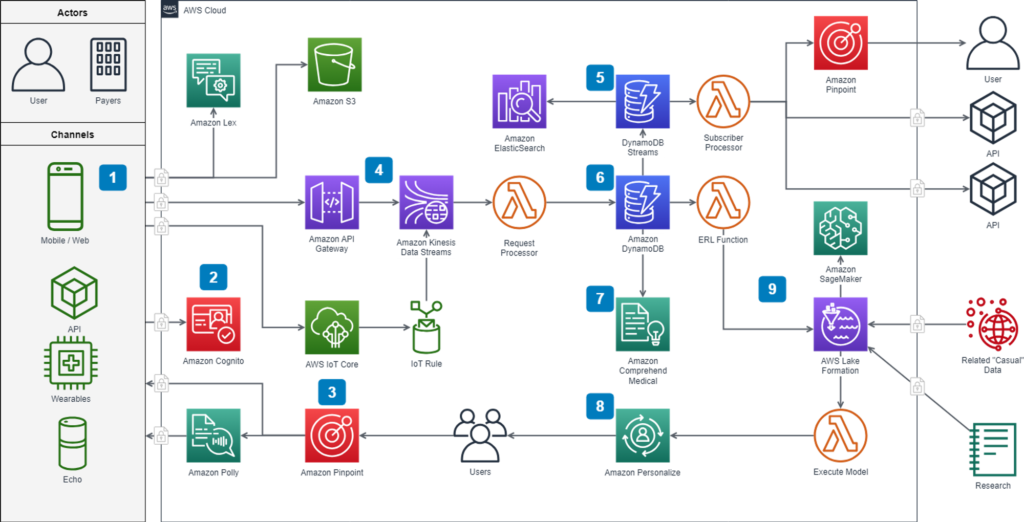
Draw.io is a free versatile diagramming tool that aids in planning and visualizing complex workflows and architectures. It’s particularly useful for creating flowcharts, network diagrams, and organizational charts.
Key Features:
- Ease of Use: Modern and intuitive drag-and-drop interface.
- Collaboration: Real-time collaboration features for team-based planning.
- Integration: This can be integrated with various platforms like Confluence and Google Drive.
Alternatives:
- Miro (miro.com): An online collaborative whiteboard platform that allows teams to work together in real-time.
- Lucidchart (lucidchart.com): A web-based diagramming tool that helps visualize complex processes, systems, and organizational structures.
Build
The build phase is where the actual development of the software happens. This phase involves writing code, compiling it, and creating build artifacts.
Having efficient build tools guarantees that your code is consistent, reliable, and can be effortlessly deployed in various environments without any problems.
3. Docker
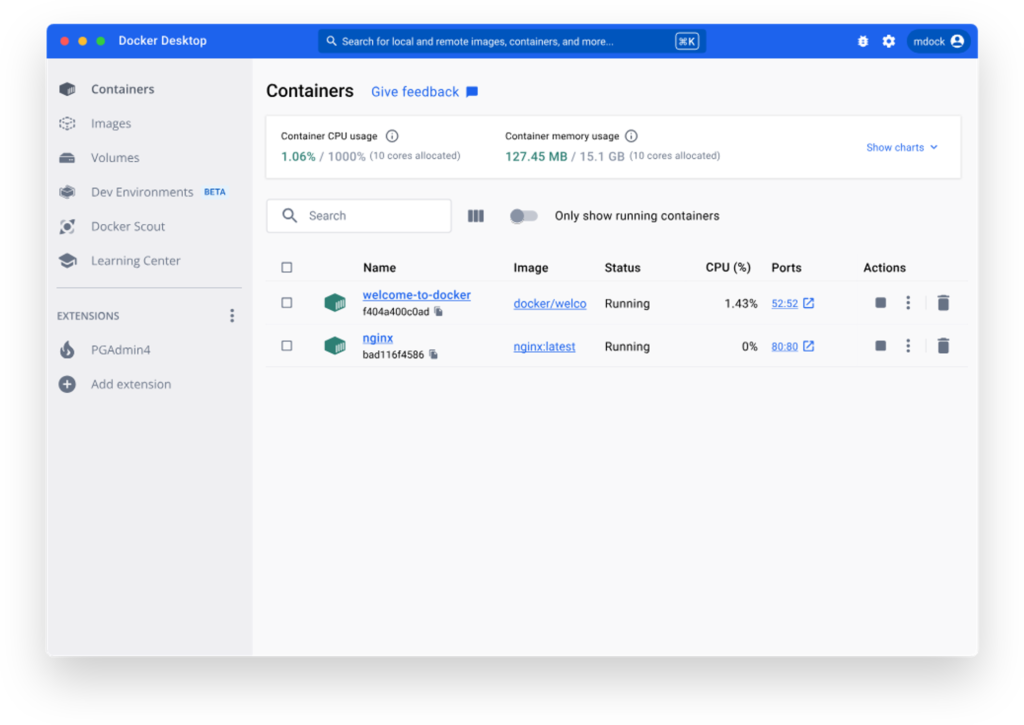
Docker revolutionizes the way applications are developed, shipped, and run by using containerization. Containers package all the necessary components of an application, ensuring consistency across different environments.
Key Features:
- Portability: Docker containers run the same regardless of where they are deployed, be it on-premises or in the cloud.
- Efficiency: Containers are lightweight, reducing overhead and improving application performance.
- Scalability: Docker makes it easier to scale applications horizontally, allowing for better resource utilization.
4. Github
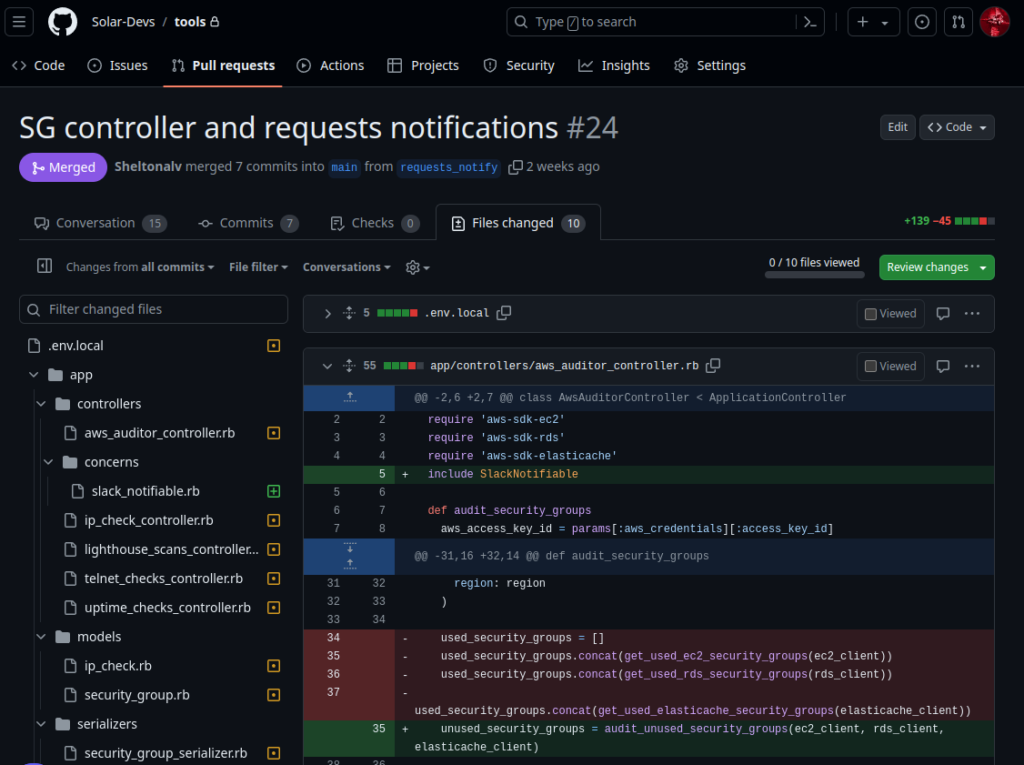
GitHub is a platform for hosting projects that use the Git version control system. It is primarily used for the creation and collaboration of computer program source code. The software that powers GitHub is written in Ruby on Rails.
Key Features:
- Version Control: GitHub provides robust version control features that allow multiple developers to work on a project simultaneously without conflicts.
- Collaboration: GitHub offers a range of collaboration tools, including pull requests, code reviews, and issue tracking, making it easier for teams to work together.
- Integration: GitHub integrates with numerous CI/CD tools, making it easier to automate testing, deployment, and other aspects of the development process.
- Community: With millions of repositories and users, GitHub fosters a large community of developers, providing opportunities for collaboration, learning, and sharing.
CICD
The CICD process includes regularly integrating code changes, automatically testing them, and continuously deploying them to production. Efficient CICD tools streamline this process, guaranteeing that code changes are tested and deployed fast and correctly.
5. GitHub Actions
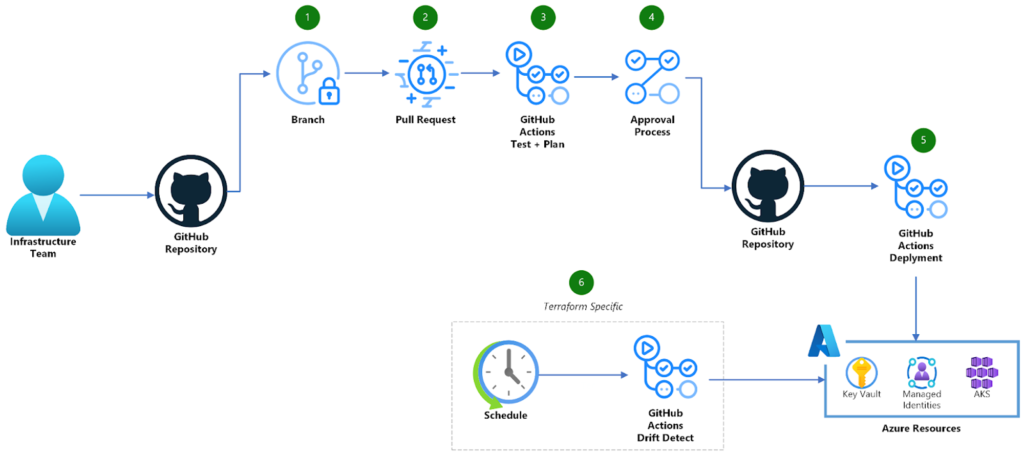
GitHub Actions is a powerful tool for automating software workflows, including CI/CD. It allows you to create custom workflows that can be triggered by various events within your GitHub repository.
Key Features:
- Free Tier: Free tier with 2000 minutes included per month (as of June 2024)
- Integration: Seamlessly integrates with GitHub repositories.
- Customization: Endless possibilities with custom actions (scripts)
Alternatives:
- Jenkins (jenkins.io): An open-source automation server used for building, deploying and automating projects.
- CircleCI (circleci.com): A continuous integration and delivery platform that helps teams automate development workflows. Integrates seamlessly with multiple platforms.
- GitLab CI/CD (docs.gitlab.com/ee/ci/): An integrated continuous integration and deployment tool built into GitLab.
6. Ansible
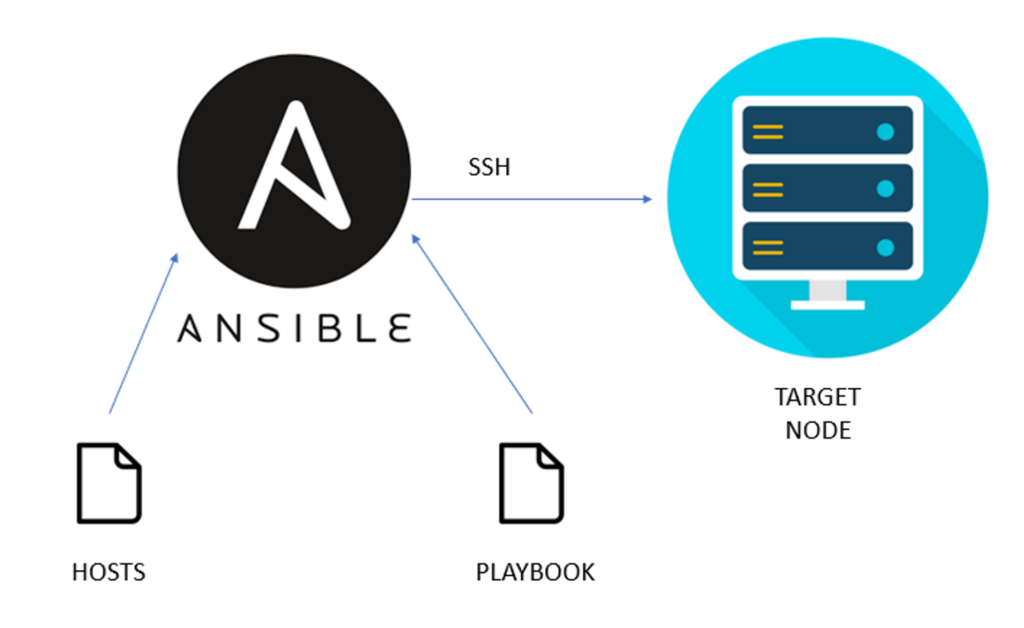
Ansible is a powerful configuration management tool that automates the provisioning, configuration, and deployment of applications. Its simple syntax, written in YAML, makes it accessible even to those with limited programming experience.
Key Features:
- Agentless Architecture: Ansible operates without the need for agent installation on target machines, simplifying management.
- Idempotency: Ensures that the desired state is achieved without causing unintended changes, making processes repeatable and predictable.
- Scalability: Ansible can manage a vast number of servers, making it suitable for enterprises of all sizes.
Alternatives:
- Terraform (terraform.io): An infrastructure as a code tool that allows you to build, change, and version infrastructure safely and efficiently.
- Chef (chef.io): A configuration management tool that automates infrastructure provisioning and management.
- Puppet (puppet.com): An automation tool for managing infrastructure that automates the delivery and operation of software.
Conclusion
By incorporating these DevOps tools into your development process, you can completely transform how you work, boosting productivity, effectiveness, and the overall quality of your software. Utilizing these tools will help your organization face typical development obstacles, simplify your tasks, and ensure that you deliver high-quality products.
If you require additional guidance, we can help you boost your team’s productivity, efficiency, and software quality by integrating these DevOps tools into your development cycle at SolarDevs. We specialize in optimizing cloud operations and simplifying development processes to help you achieve your best version.


